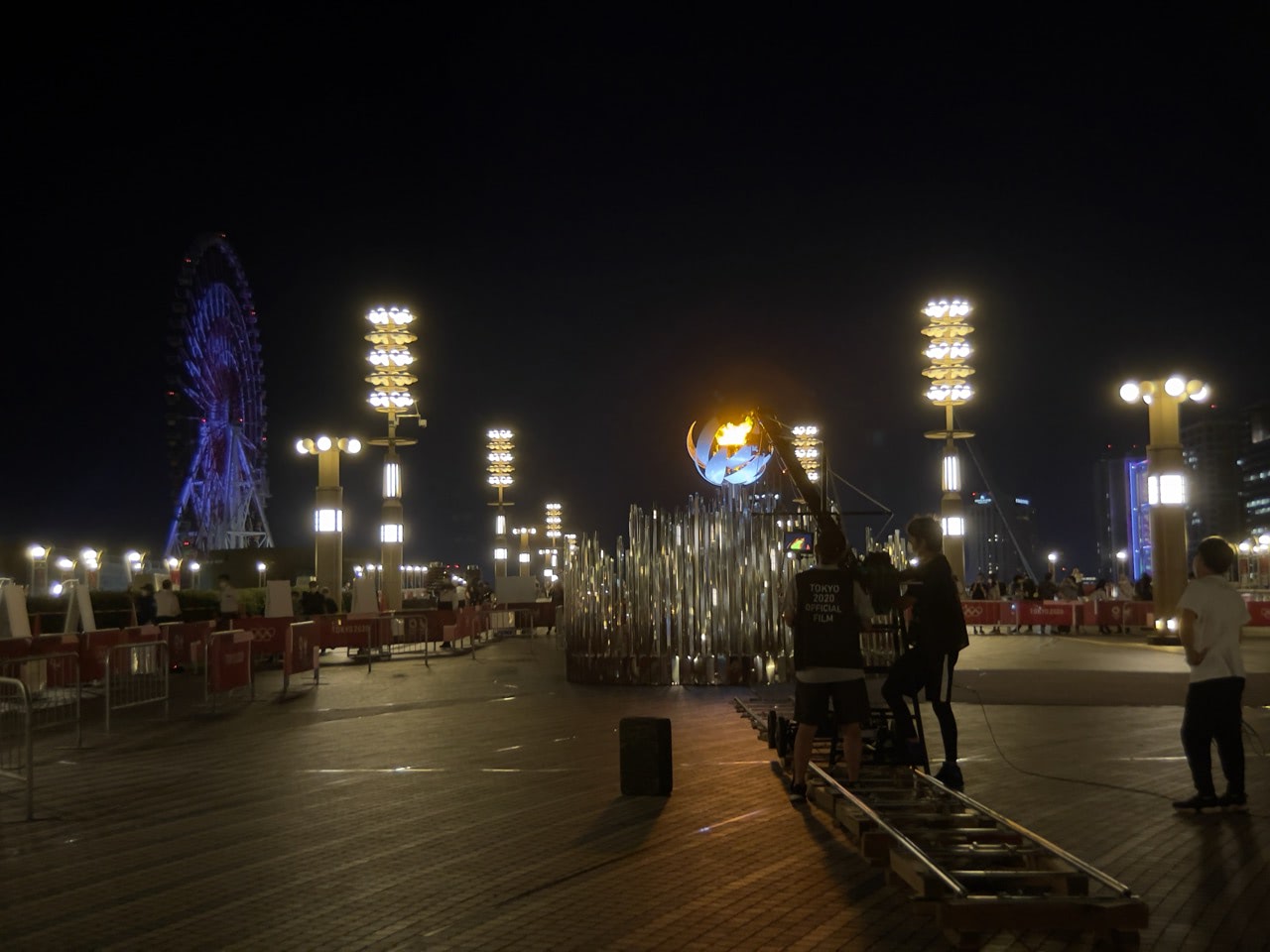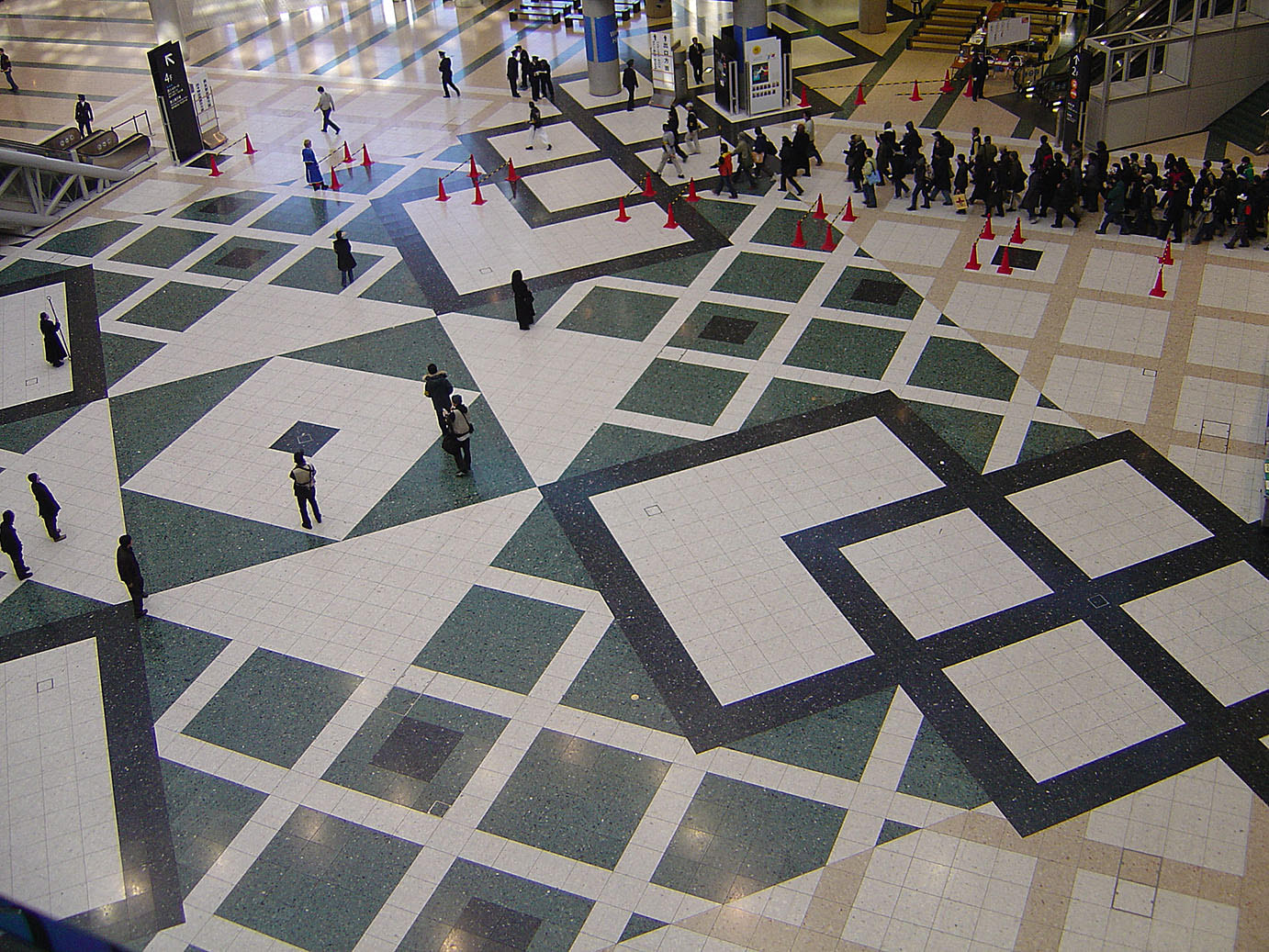Around 2004, Akihabara was the capital of the hobby and its activity was tremendous. 20 years later, in 2024, it has become more of a tourist city with a concept than a hobby town. The forum and the original exhibition that I quoted in this video are from the past, and anyone who pretends to be a critic can take a statement made 20 years ago and make a claim that this was right and that this was wrong.
Especially nowadays, when the Japanese people seem to be less energetic about trial and error than before, perhaps because they are too afraid of failure, if they view others negatively for the sake of their own arguments, they may stifle those who will pioneer the future. So here I will basically cover what I touched on and from the perspective of that time.
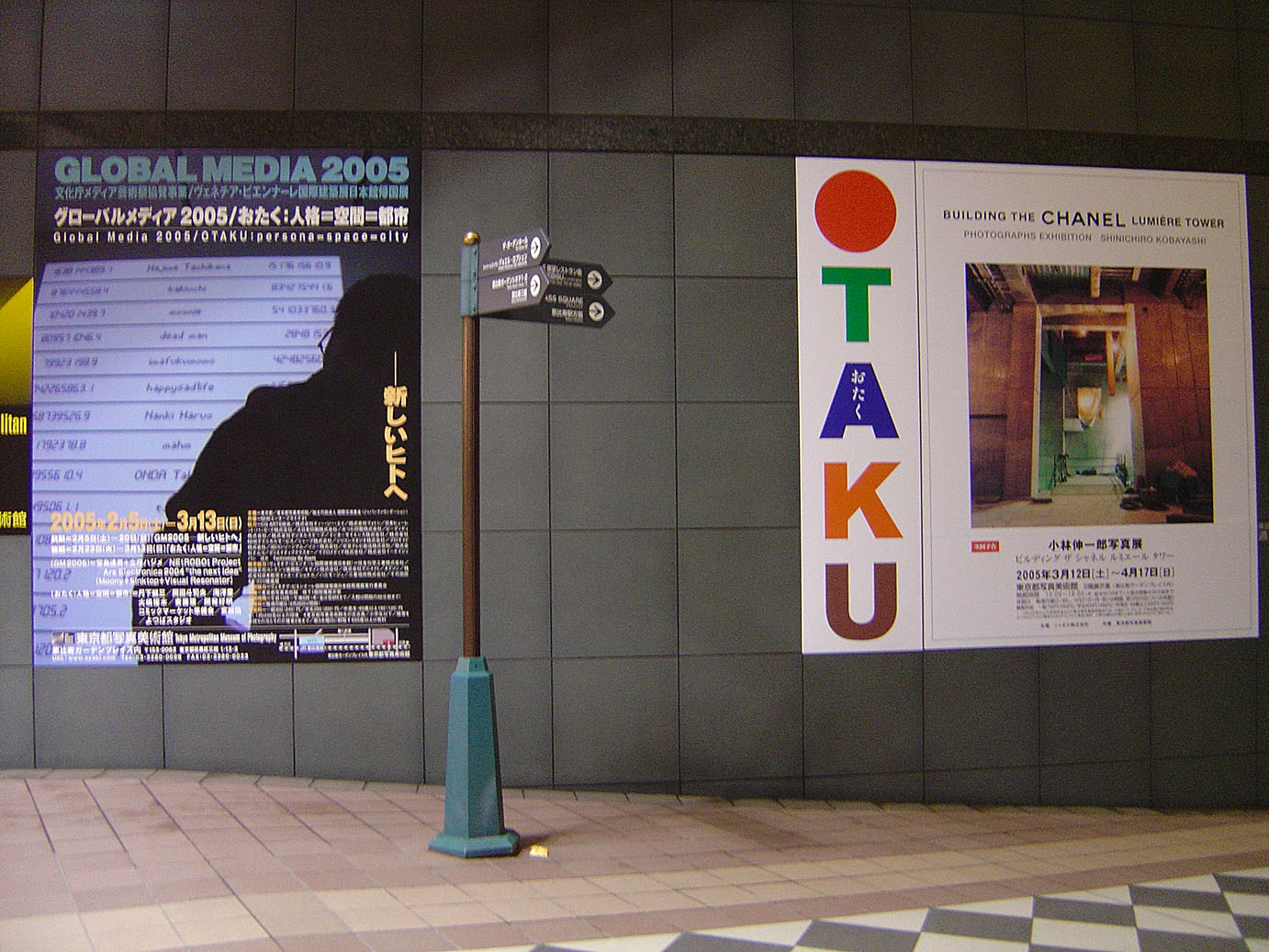
In 2004, an exhibition featuring “otaku” was held at the Venice Biennale in Italy. The exhibition was probably a reverse black ship for the West at the time, and the emergence of something that not only had a sexuality, but also had different criteria for judging that sexuality, may have caused considerable embarrassment.
The few people in Japan and abroad who know about the situation have the background to its emergence at the “Otaku Exhibition,” and there is a great deal of creativity and achievement by the presence of Arata Isozaki, the architect who served as commissioner at the Venice Biennale until then, and others who have led Japan to this point, as can be seen in the video of the I think you can tell from the content of the forum.
The forum in the video was held in the hall of the Tokyo Metropolitan Museum of Photography in 2005 as the triumphant return of this otaku exhibition. I, COTA, had a cold but felt that there was no better opportunity to exhibit my work, so without any prior explanation to my friends, I forced my way into the exhibition hall. I was prepared to be scolded by the museum, so I took pictures and set up the microphone and recording equipment on my seat and listened to the music. I don’t know if the Tokyo Metropolitan Museum of Photography was open-minded, or if they were just a little taken aback, or if I was seen as someone who was invincible and feared some kind of retaliation, so that I was considered a god who would not be harmed if I did not touch him.
As a result, I think the forum had perspectives not only on architecture, space, and urban design, but also on the status of nerds and the personalities and cultures that lead to the diversity we see today.
The late Mr. Arata Isozaki, who was not a geek himself, followed up with questioners who were anxious about the future from all angles, including possible time frames, and I believe that this was a legendary space full of peace and compassion. Mr. Isozaki’s attitude made me feel that architecture is about people.
This may be due to the fact that COTA was just in adolescence. But because of that, any angle about what I conceive of will lead to what is said in this forum, I was wondering how and when to cite it, and when it would be effective to introduce it because this is something like a treasure that I want others to know about, etc. I have been thinking about how and when to cite the words of this forum, and how and when it would be effective to introduce it to others since it is a treasure that I want them to know.
However, COTA itself has also undergone a change in thinking and perception, and has come back to the exhibition style of this otaku exhibition itself, which is that “more explanation and presentation do not necessarily convey the message,” and I wanted to quote it here, just 20 years after the Biennial.
The subject of the video is not architecture but “expression.
This is an architectural exhibition, and I think it is natural to introduce it in the context of either architecture or the city, as architect Arata Isozaki and exhibition director (commissioner) Kaichiro Morikawa have created.
However, what I, COTA, was leading with the video is presented as “regulation of expression” and “tips for creators when they get stuck”.
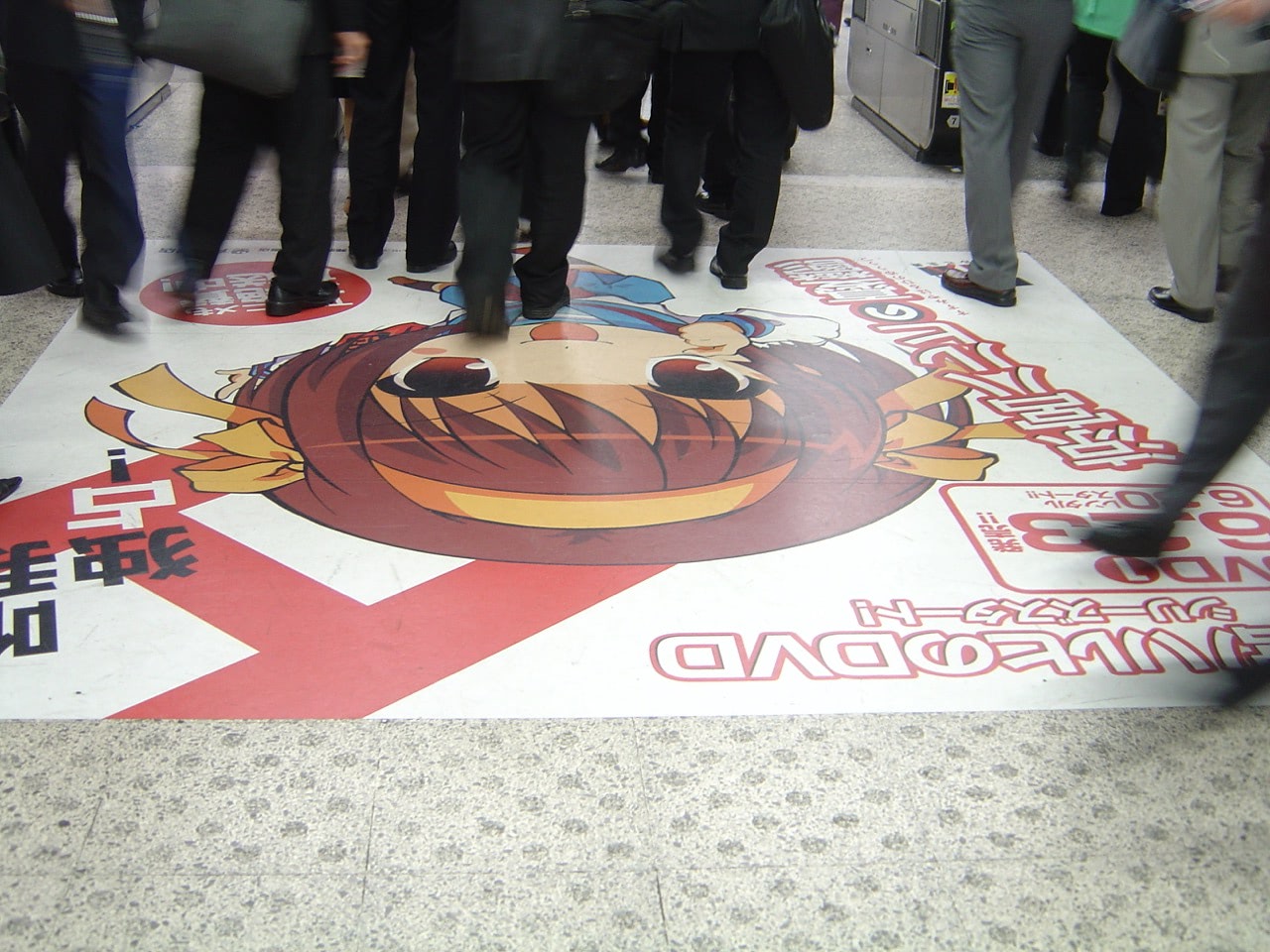
This is because the act of “expression” is the most important part and the fundamental part that is included in the foundation and source of all architectures, cities, and personalities. Just as Japan introduces culture rather than architecture itself at the Venice Biennale of Architecture, I believe that cities and architecture are not complete works of art, but are based on an awareness of the culture and personality of the local area.
Furthermore, I wanted to start from a different point of view, one that interested me, since it is in the form of a “citation”. While things have changed since then, I believe that there are important aspects of the past that will continue to change in the future, and I could not just take them out of the past in the context of architecture and urban design alone.
The expression is also inseparable from the current issue, which is further down the road after the passage of time, when the phase of “parallel existence of hobbyist-colored products parallel to the capitalistic ones developed by major companies” is further down the road.
Twenty years have passed since 2004, and what Mr. Morikawa said at that time, “many things become parallel,” in other words, diversity has become an established premise of human relationships, especially in developed countries. This may be due in part to the Internet’s achievement of creating a personality sphere for minorities, but at the same time, as a result of the spread of diversity and the common understanding it has created, the phenomenon of the filter bubble, in which Internet services display only what people like based on “recommendations” and behavioral history, thereby making people indifferent to different points of view, has become a reality. This is the phenomenon of the filter bubble, in which people become indifferent to different points of view. Or there is also the problem of echo chambers, where people are so immersed in a community of the same values that different opinions are excluded, which has sprouted in the consciousness of many people.
However, these are exactly the phenomena expressed by scenario writer Romeo Tanaka in the 18-rated game “Ima of the Farthest End,” released in 2005, the very year the forum was held. He says that human beings who have created a “sanctuary” (their own community) suffer from their inability to unite in the face of the danger of extinction. This very current phenomenon was depicted as the premise of the novel game.
To put it a little more forcefully, do you protect your dignity as a person (common sense) even if it kills you, or do you protect your precious sanctuary (personality)? If one protects common sense too much, it dilutes one’s personality. A diluted personality will lose the unique aspects of a person’s life as a person. In other words, the value will be diluted and erased on the network. Even if you are not an artist who exhibits works or holds events, you may have already experienced this globalized conflict on a personal level through social networking sites or distribution sites. And this trend may be intensified by AI (Artificial Intelligence).
What I wanted to address most this time was the 2005 Otaku Exhibition forum, and I think that including thoughts about the future from this point forward (COTA’s coarse resolution delusions) may cause more confusion than those who take it seriously, so I would like to express this in the future.
Ijimikumo, as of 2024, Mori Building’s Hills (Toranomon Hills) seems to be at a standstill, just as COTA was turning its interest to the Otaku Exhibition forum as early as 2005. I would like to believe that Mori Building has an even higher level of strategy that commoners like me are not aware of, and that this downfall is one of the staging points for future developments.
Anyway, for me, compared to Dr. Arata Isozaki, who already built intentional ruins around 1983, I feel from the current Mori Building Hills that he is mixing up the roles of city and architecture and destroying the attractiveness of the city, and about this, a few years ago, while walking around Roppongi, I wrote an article and video comparing “Roppongi Hills” and “Tokyo Midtown The article and video below are a comparison of Roppongi Hills and Tokyo Midtown while walking through the streets of Roppongi a few years ago.
Nerd prejudice from police as a real-life experience, and the dangers of Amazon.
For those of you who were not able to see the background at the time, some of you may have had the impression that my reference to “persecution of otaku” in the video introducing the Otaku Exhibition may have been a bit exaggerated.
I myself have the same impression when I look back from the current perspective, however, it is something that I hold only now after the passage of time and changes, and on the other hand, it is etched in my memory that I did not feel comfortable in the environment at that time. Here I would like to give you some specific examples from the past that may make you feel that way.
For a more specific example, a friend of mine from high school rather than me has had a more understandable experience, but it could be annoying to write about his information in detail. That said, if I write about it without giving my background, the information here itself loses credibility, so I would like to put COTA’s own real-life experience here, even though it may seem like it’s not a big deal.
I am going to put up a police story, but I don’t want you to misunderstand my premise: at least I have been treated very well by the police officers in my local jurisdiction. For example, when I was having a hard time sleeping because of too much noise at an adjacent convenience store late at night, and after consulting with the store and the headquarters, I had no choice but to consult with the police, who told me, “Don’t hesitate to contact us if you have any concerns! I had such a warm experience that they rushed to my place within 5 minutes by bicycle when I contacted them.
However, that is why I am posting my memoir here as a story of what happened when the same person, me, was shown from the nerdy side, even though we are talking about a different division of a different police department.
memoirs of those days
In the fall of 2013, the police came to my parents’ house where I lived, saying that they were asking about people who had bought a certain “toy. On the business card handed to me were the words “Investigation Section 1, Criminal Investigation Department, Metropolitan Police Department. It turns out that in the summer of that year, a girl was victimized by a “toy” in a completely different district. The toy handcuff was found at the scene.
I found a toy that I had stored away and showed it to the officer: I had bought it as a prop for a gothic lolita shoot I was doing as a hobby in the spring of 2009, and it was a handcuff toy. I told him as much as I could remember, and he asked me about my height and weight. They also asked me how the filming took place, and I answered as much as I could remember.
They were working hard not only in my room but also on their Mac, displaying the screen and snapping photos, so I offered them photos including GPS data at the time of the incident, logging applications, and even data about people who knew about the day, thinking it would be informative, but they refused, saying, “We don’t want that. I approached them in the hope that I could help them make a decision, but I was stunned at how they would not even listen to the details of the case, and how they would only investigate to find the answer to their own axis.
At the same time, I thought they were looking for that much efficiency, so I went out of my way to ask, “Do handcuffs fit in a gothic-lolita or similar shoot? Isn’t it strange? The Gothic Lolita also has a high degree of self-abuse and affinity with handcuffs. I had already assumed that Gothic Lolita had a high affinity with self-abuse and bondage, so I thought I was being uninformed, but I had no choice but to laugh it off as something that would be difficult for someone from a different race.
I feel sorry for the victim and feel bad even writing about this situation behind the scenes, but they are asking around more than 100 people in Tokyo who bought that toy. When a woman I knew at the time was victimized by a pervert and reported it to the police, I was suspected as the culprit when I went with her to consult with them, and the situation was so clerical that I was only asked about it for a moment.
I was thinking this in my mind when I was being examined, but I knew that expressing my thoughts in my face would not benefit me in any way and that it was futile to have feelings, so I continued chatting with the police who continued their inexplicable behavior of taking pictures of Mac screens.
As we continued chatting, there was a remark that the “100 people in Tokyo” had been selected, and this was mentioned in the dealer’s discussion. The dealer’s purchase history is the first thing that comes to mind when we think of where the 100 people were selected from, even if we can imagine where they were selected from. Other than the age, I didn’t register anything related to the information known from the case, so if I had any idea what I was getting in the selection, it would have to do with purchases made before and after. I had purchased this toy on Amazon.
And prior to the purchase of this toy, I had purchased an 18-rated game, which if it narrowed down to 100 people, would probably mean the presence of erotic games. I don’t know what the terms of the agreement say about providing information to third parties, but I can imagine that they didn’t even speak to the customers in advance of the investigation so that the police could search for information about the customers’ purchases in a case that was not urgent, such as a murder. By the time I was thinking that, the shooting was over, but I have a feeling that what was being filmed in the room was also targeted for such things.
At the end of the session, when I made the obvious request that they let me know if the culprit was apprehended and solved, they brushed it off as “impossible. When I asked him why he refused, he ignored me.
Later, a friend I told about it said, “Is this it?” I finally learned the details of the case and the arrest of the culprit about a year later.
Akihabara returned to the pocket, “Otaku” turned into a verb
What happened to Akihabara? Here I would like to talk about Akihabara, otaku and the changes in their environment connecting now and after this exhibition and forum.
In 2004, the word “otaku” had a negative image among the general public, and otaku themselves used the word with some caution.
At the time, a book based on 2chan (an electronic bulletin board and anonymous social networking service) called “Densha Otoko” became a hot topic. This was a new perspective at the time, depicting romance with an otaku. However, it also depicted the male protagonist’s struggle to break away from his otaku sensibilities when dating a woman. In other words, at that time, it was still difficult to accept otaku as it was.
Since then, however, the term has been used in a wide range of applications, even with a somewhat positive connotation. The attitude toward “positive” and “negative” in this area itself, the division of characters into “yin-kyaku” and “yang-kyaku,” and the way of building human relationships itself seems to have shifted slightly toward otaku, as those who mock themselves begin to unite with each other.
Furthermore, as of 2024, we are even seeing the verb “to otaku” used mainly by students. This often seems to refer to participation in events such as guessing activities, but in some cases it is even used for hobby shopping.
Such a trend seems to be due in large part to the spread of the Internet. It is now possible to collect information on hobbies, make purchases, and follow authors with a single board called a smartphone.
Around 2005, smartphones were introduced, and we could see that things like cell phones and PCs would become more widespread, but it was a little difficult to imagine in detail the level to which they would not only change the way we act but also the way we build relationships with others. In the video forum, Saito mentioned that “Toshio Okada and others have made it a highly sophisticated and sophisticated cultural thing,” much less to the point where being an otaku has become a fashion, rather than a “shame.
The girl sitting next to me is lively and interesting, so I will be the one to make her look good,” etc. In the case of Japan, classes at school are also shaped by the character of the students. In the case of Japan, it could be said that the class has become a huge thing in terms of image through the Internet, just as a person’s character is originally formed in a class at school.
In the past, the mainstream media was television, and at school, a particular program would be the topic of conversation in that class. With the advent of distribution sites and apps, it has become easier to become an expressive person (distributor, illustrator, etc.), and as hobbies and love (romance) are further subdivided and diversified, some people are avoiding public exposure because it overlaps with their private sphere in the real world.
The gender of the person expressing themselves (the person inside) is different from the gender of the person expressing themselves, as in the case of virtual lifers, but I think that apart from the equality education that has been influenced by such expressions, feminine and masculine ideas are also beginning to change naturally. This is not just a move in the direction of equality between men and women, but also a move in the opposite direction, toward a dominant-submissive (dom-sub, a relationship of keeping and being kept), which is similar to the way things used to be in the past, depending on one’s perspective. I have a vague impression that each of them is searching for the way things should be.
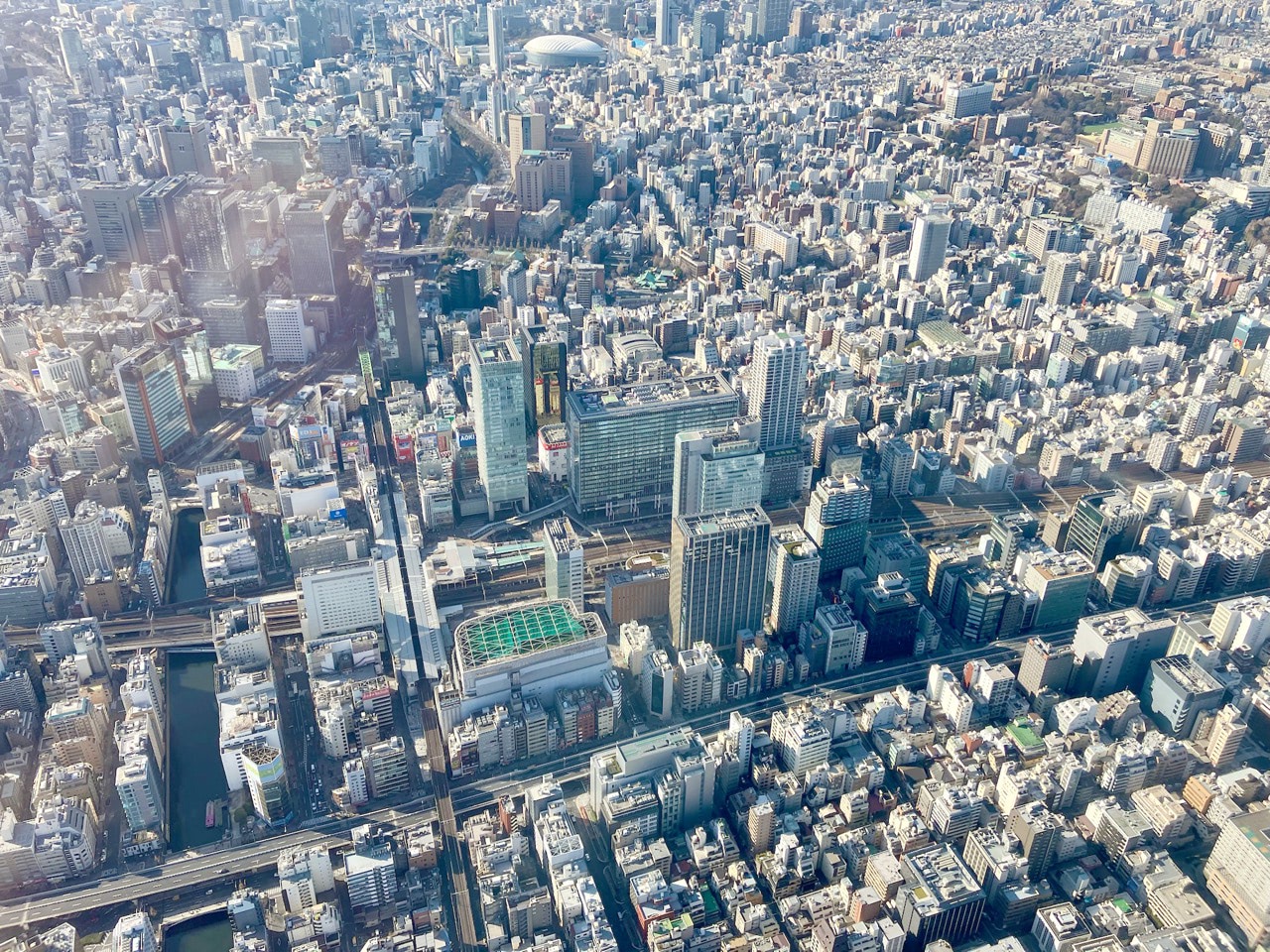
In Akihabara, the city was the center (Mecca) for smartphones and other computers. But it appears to have become more of an opposition than other cities. The increasing diversification and fragmentation of the city made it possible to form a city of one’s own choice in the palm of one’s hand.
In Akihabara at that time, there seemed to be more “bad stores” and “bad people” than there are now. However, I naturally looked away and pretended not to notice others who I thought were bad because I did not understand them. I think the reason for this was because I was aware that I might be one of the bad people.
The very idea of personality creating a city seemed to me at the time to be the final form, and I had the delusion that such cities might develop and increase here and there. However, no “quaint city” beyond Akihabara has been created in the urban area.
This personality city was formed because of the common understanding of the people of the premise: “I am free to do what I do because of the premise that I am allowed to do so” and “I do not infringe on the freedom of others” and “respect for those who can create”. Without this, the result is to drive others, primary creators, or subdivisions away.
When such recognition fades, it is consumed or repainted by the new capitalism as mere entertainment. Once it shifts to capitalism, the rest becomes about efficiency, and it loses its original color. Then the people who gather there will lose their appeal.
Akihabara is becoming a real ruin in the eyes of otaku. On the other hand, the very same thing seems to be futuristic in the eyes of foreign tourists/inbound visitors. If you think about it, tourist cities all over the world are also attracting people as if they are tracing past civilizations.
Now, the otaku of that time may have turned their inquisitiveness in other directions or scattered to escape the transformation of their sanctuary, Akihabara, as it is shared and recognized around the world with movements such as Cool Japan.
The terminal in your pocket may now grow into a world that looks exactly how you like it. The more you like what they look like and even what they talk about, the more public spaces such as cities will be colored by “the presence that teaches us universals. The city may become a more sacred realm. I will continue this story at some point,

This otaku exhibition and forum, which made me rethink everything in my mind, is still the reference point for my thinking in my hobby and ideas in my work, and I am grateful for it, which grows stronger as time goes by. Thank you.
We pray for the repose of the souls of Mr. Arata Isozaki, who passed away in 2022, and Mr. Yoshihiro Yonezawa, who shaped Comic Market, who passed away in 2006. Although he was a small and insignificant figure, he still lives on in my heart as one of my influences.
Materials
Chronology
Based primarily on audio quoted in the video.
London. The predecessor exposition was held in Paris during the French Revolution in 1798.
Held in Athens. Format in which nations are divided and compete against each other.
German architect Bruno Taut came to Japan as one of the overseas guests of the “Japan International Architecture Association” and detested Nikko Toshogu-like architecture, which had been mainstream until then, calling it Shogun art. He called Katsura Rikyu and Ise Jingu the art of the Imperial Family and praised them.
Designed by Takamasa Yoshizaka in the style of Le Corbusier
1968 was a year of riots, mass demonstrations, assassinations, and other major events around the world, and this period is sometimes referred to as the “1968 generation”
Ibaraki City, Osaka Prefecture. Played and grew up on the former site of the Osaka Expo site near his home.
Japan World Exposition. Taro Okamoto is commissioned as the producer of the Theme Pavilion exhibition, and the Tower of the Sun is built.
A conference room in the former Japan Fire Hall building; 32 circles exhibited and about 700 people attended. After a period of independence and schisms, Yoshihiro Yonezawa served as the representative from 1980-2006.
At Comic Market 84 held in the summer of 2013, the number of circle participants was approximately 35,000 spaces and the number of general participants was 590,000.
Nakamori is a columnist. He made fun of the phenomenon of young fans of science fiction, manga, anime, etc. who gathered at “comic markets” calling each other “otaku.
Typical Japanese post-modern architecture
The impression of “otaku” is manipulated by the mass media, creating a climate of discrimination thereafter.
Exhibition introducing Japan held at the Victoria and Albert Museum in London
Great Hanshin-Awaji Earthquake. The exhibition director (commissioner) is Arata Isozaki.
Yamamba Fashion Ganguro. The exhibition director (commissioner) is Arata Isozaki. Kazuyo Sejima is also involved.
Published by Gentosha; selected by psychiatrist Tamaki Saito in 2016 as one of the “Tentative Great Books of the 21st Century”.
Trial on the obscenity of adult-oriented manga
Audio quoted in the video
The 2005 Japan International Exposition will be held.
Since 2008, Kaichiro Morikawa has been an associate professor at the newly established School of Global Japanese Studies at Meiji University. He will open the museum, which he has played a central role in promoting.

